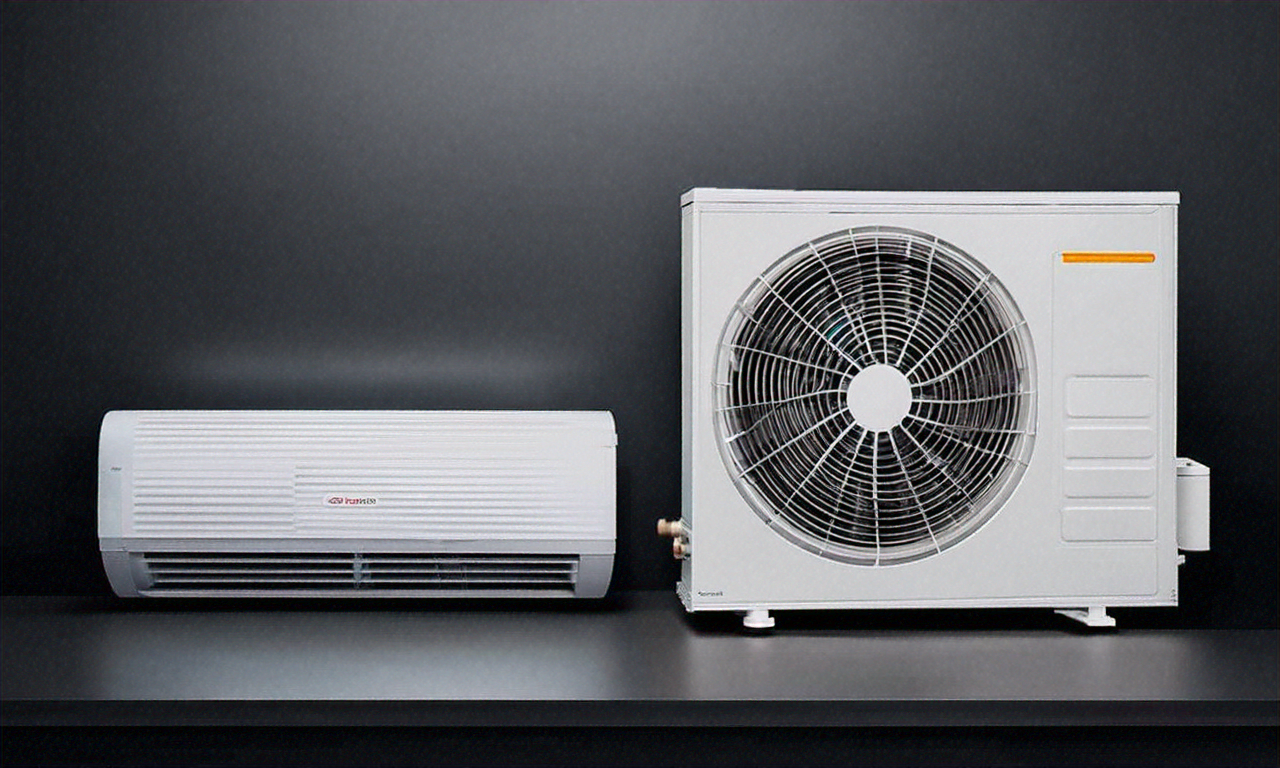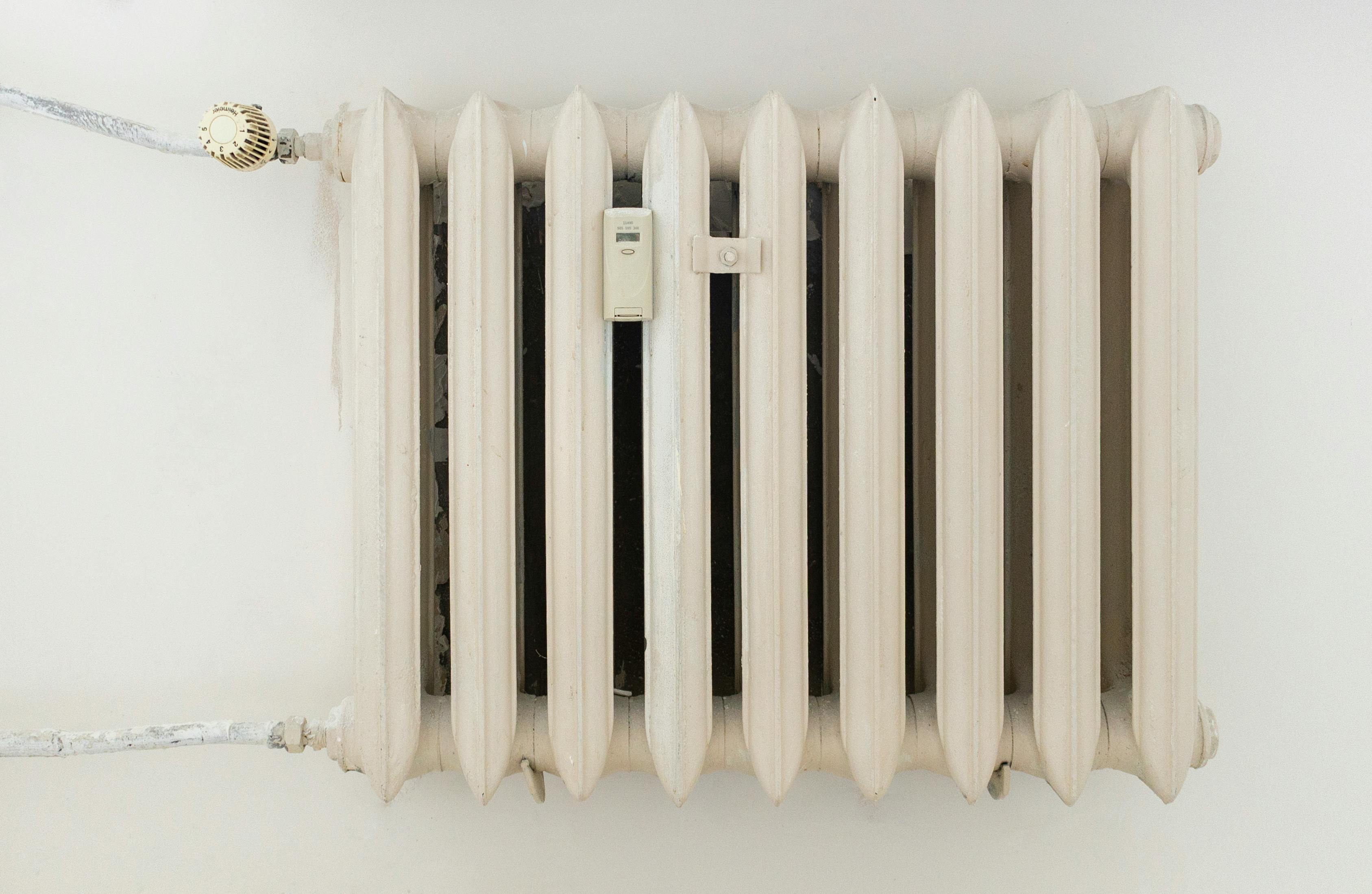Understanding Air Conditioning Systems: From Mini Units to Ductless Solutions
Air conditioning systems have evolved significantly over the years, offering consumers various options that suit different needs and spaces. Modern air conditioners range from compact mini units that cool small areas to sophisticated ductless systems that provide efficient cooling without extensive ductwork installation. These systems have become essential in many homes and businesses, particularly in regions with hot climates or during summer months when indoor comfort becomes a priority.

What Are Mini Air Conditioners and How Do They Work?
Mini air conditioners represent a compact cooling solution designed for small spaces or rooms where traditional systems might be impractical. These units typically range from portable devices to small window installations that can effectively cool areas up to 400-600 square feet, depending on their capacity. Mini air conditioners operate using the same basic principle as larger systems—they extract heat from indoor air and release it outside while circulating cooled air back into the room.
These compact cooling solutions offer several advantages, including lower energy consumption compared to cooling an entire house, easier installation, and the ability to cool specific zones rather than entire buildings. Many mini air conditioners feature modern technologies like programmable timers, remote controls, and even smart connectivity options that allow users to control the unit from their smartphones.
Understanding Mini Split Air Conditioner Technology
Mini split air conditioners represent a significant advancement in cooling technology, offering an efficient alternative to both central air systems and window units. These systems consist of two main components: an outdoor compressor/condenser unit and one or more indoor air-handling units that distribute the cooled air. The components are connected by a conduit housing the refrigerant tubing, power cable, and condensate drain.
The key advantage of mini split air conditioners lies in their zoning capabilities. Each indoor unit can be controlled independently, allowing users to cool only occupied rooms rather than the entire house, resulting in substantial energy savings. Installation is relatively straightforward as it requires only a small hole through the wall for the conduit, eliminating the need for large ductwork modifications.
Mini split systems are particularly valuable for new additions to homes, older buildings without existing ductwork, or areas where window units would be impractical or unsightly. They also operate more quietly than traditional window units and provide better security since they don’t require a window to remain partially open.
What Makes a Ductless Air Conditioner the Right Choice?
Ductless air conditioners have gained popularity for several compelling reasons related to efficiency, flexibility, and installation convenience. Unlike central air conditioning systems that require an extensive network of ducts to distribute cooled air throughout a building, ductless systems deliver air directly into different zones. This eliminates the energy losses associated with ductwork, which can account for more than 30% of energy consumption in conventional forced-air systems.
The flexibility of ductless air conditioners makes them ideal for various applications, including historic homes where installing ductwork would compromise architectural integrity, room additions where extending existing ductwork would be cost-prohibitive, or buildings with special cooling needs in specific areas. Many homeowners also appreciate the design versatility of indoor units, which can be mounted on walls, suspended from ceilings, or installed as floor-standing units.
Another significant advantage of ductless systems is improved indoor air quality. Traditional ducted systems require regular cleaning to prevent buildup of dust, allergens, and other contaminants that can circulate throughout a home. Ductless systems feature multi-stage filtration that can significantly reduce dust, bacteria, pollen, and other particulates compared to conventional systems.
How Powerful is a 1.5 kW Air Conditioner?
A 1.5 kW air conditioner refers to a unit with approximately 1.5 kilowatts of cooling capacity, which translates to roughly 5,100 BTU (British Thermal Units). This capacity places it in the small to medium range of air conditioning units, making it suitable for cooling rooms approximately 150-250 square feet in size, depending on factors such as ceiling height, insulation quality, and local climate conditions.
These units are typically designed for cooling smaller spaces such as bedrooms, home offices, or small living areas. They strike a balance between effective cooling and energy efficiency for appropriately sized spaces. However, installing a 1.5 kW unit in a larger area would result in inadequate cooling and unnecessary strain on the system, while using it in a very small space could cause excessive cycling and humidity issues.
When selecting a 1.5 kW air conditioner, it’s important to consider energy efficiency ratings such as SEER (Seasonal Energy Efficiency Ratio) or EER (Energy Efficiency Ratio), as these will significantly impact operating costs over the unit’s lifetime. Higher efficiency units typically cost more initially but provide better long-term value through reduced energy consumption.
Understanding Ductless Air Conditioners Prices and Value
Ductless air conditioning systems typically represent a higher initial investment compared to window units but offer greater efficiency and flexibility than central air systems for many applications. The cost structure for these systems varies based on several factors, including the number of zones/indoor units, the system’s capacity, brand reputation, and installation complexity.
For a comprehensive understanding of current market offerings, consider this comparison of popular ductless mini-split systems:
| Brand & Model | Cooling Capacity | Features | Estimated Price Range |
|---|---|---|---|
| Mitsubishi MSZ-GL | 9,000-12,000 BTU | Energy Star certified, multi-stage filtration | $1,800-$2,500 installed |
| Daikin FTXS Series | 9,000-24,000 BTU | Inverter technology, humidity control | $2,000-$3,200 installed |
| LG Art Cool Series | 9,000-18,000 BTU | Stylish design, wifi capability | $1,900-$2,700 installed |
| Fujitsu Halcyon | 9,000-15,000 BTU | High SEER rating, quiet operation | $1,700-$2,600 installed |
| Senville SENA | 9,000-24,000 BTU | Budget-friendly, heating capability | $1,300-$2,200 installed |
Prices, rates, or cost estimates mentioned in this article are based on the latest available information but may change over time. Independent research is advised before making financial decisions.
Beyond the upfront costs, ductless systems often deliver significant long-term savings. Their zoned approach to cooling can reduce energy consumption by 30% or more compared to central systems. Additionally, many utility companies offer rebates and incentives for installing energy-efficient ductless systems, which can substantially offset initial costs.
Installation costs represent a significant portion of the overall expense, typically ranging from $500 to $1,500 depending on the complexity of the installation and local labor rates. While DIY installation kits are available for some models, professional installation is generally recommended to ensure proper functioning and to maintain warranty coverage.
Choosing the Right Air Conditioning Solution
Selecting the appropriate air conditioning system requires careful consideration of your specific needs, space constraints, and budget. Mini air conditioners offer affordability and portability for smaller spaces, while ductless mini-split systems provide efficient zoned cooling without extensive renovations. For medium-sized rooms, a 1.5 kW unit might be ideal, striking the perfect balance between cooling capacity and energy efficiency.
When making your decision, consider factors beyond initial purchase price, including installation requirements, energy efficiency ratings, ongoing maintenance needs, and expected lifespan of the equipment. By assessing these elements together, you can identify the cooling solution that will provide the best combination of comfort, efficiency, and value for your specific situation.




